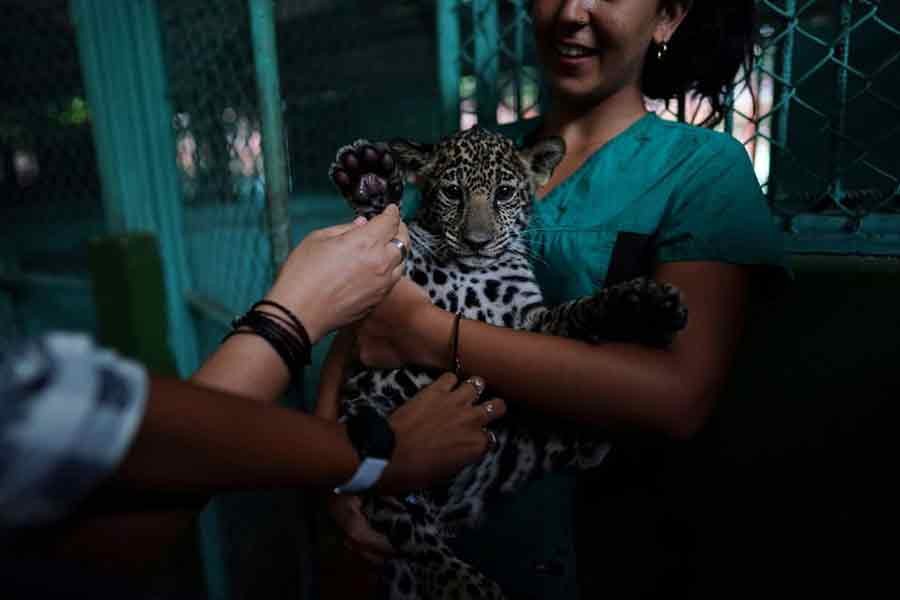The rhinos, giraffes and lions that populate Cuba's national zoo have long been a wonder for all, but for deaf Cubans like Tatiana Romero, tours of the sprawling facility outside Havana have recently become a lot more welcoming.
Earlier this year, sign language interpreters began accompanying groups of deaf visitors aboard the bus and trails that take them across an enclosed plain designed to imitate the African savannah, reports Reuters.
"When I was a child I used to visit the park. But many years have passed," said Romero, 35, who lost her hearing in the womb. "The interpreter was a great surprise, now I can understand everything."
The tours are one among several innovative programmes the state-run and operated zoo offers for people with disabilities, including animal therapy for children with Down's syndrome, autism and other special needs.
"Previously, very few (deaf) people visited the zoo because they could only see the animals," said Yoandra Oliva López, an interpreter and educator with the zoo. "Now many more are visiting."
The zoo's environmental educators, who trained in a three-month programme to learn sign language, now coordinate with local municipalities to facilitate tours for people with disabilities. Zoo officials said they were also working to begin similar tours specifically for deaf children.
As the zoo's bus made its way around the mock savannah, the interpreter used sign language to describe to nine participants on a tour earlier this week the 13 species of animals that wander the plains, as well as their biology and eating habits.
"It is wonderful to see their satisfaction... in receiving all the information," said Oliva López. "Each guided tour that I give with them is an extraordinary experience."
Cuba's National Zoo is a favourite attraction for Cubans, with 1,473 specimens of more than 120 species of animals.
Friday was the International Day of Sign Languages.


